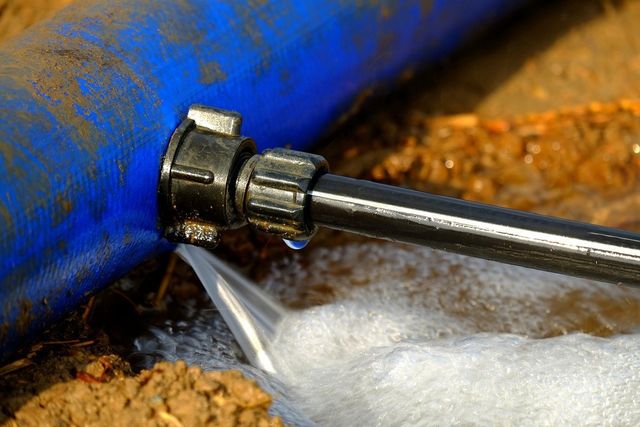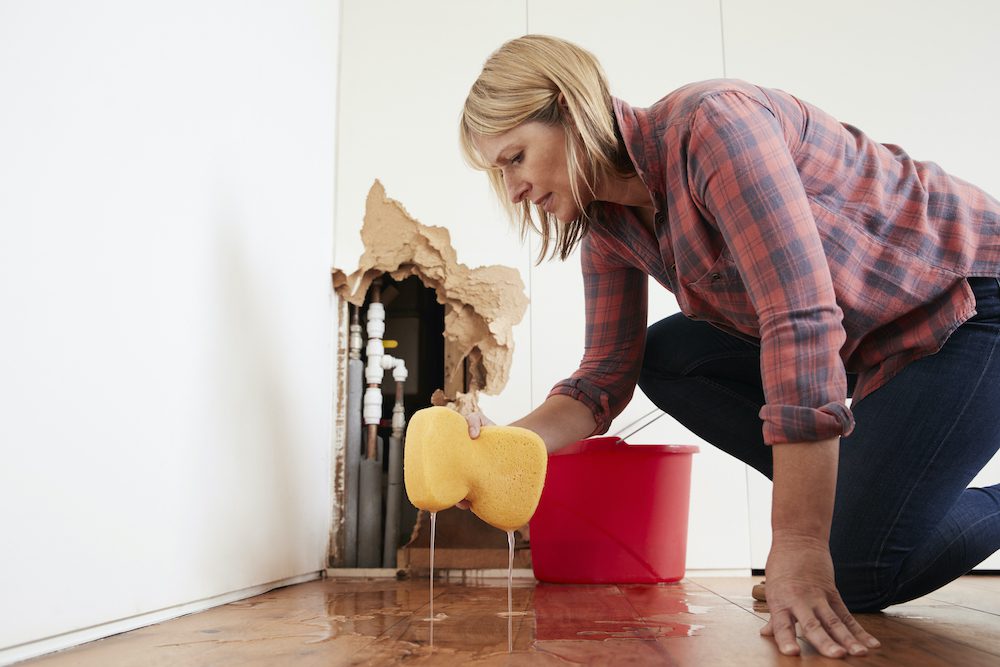Exactly how to Discover and Repair Water Leaks-- A Comprehensive Overview
Exactly how to Discover and Repair Water Leaks-- A Comprehensive Overview
Blog Article
We have stumbled on this article relating to Detecting hidden plumbing leaks down the page on the web and figured it made good sense to share it with you on this site.

Early discovery of leaking water lines can minimize a prospective calamity. Aside from conserving you money, it will certainly lessen the aggravation as well as disappointment. The minute you find a leak, calling your plumber for repair services is the best service. Nonetheless, some tiny water leaks may not show up. Below are some hacks that aid if you can not spot it with your nude eyes.
1. Examine the Water Meter
Every home has a water meter. Examining it is a surefire way that helps you discover leaks. For beginners, switch off all the water resources. Ensure no one will flush, utilize the faucet, shower, run the washing maker or dishwashing machine. From there, most likely to the meter as well as watch if it will alter. Because no one is using it, there must be no motions. That suggests a fast-moving leak if it relocates. If you detect no modifications, wait an hour or two as well as examine back once again. This suggests you may have a slow-moving leakage that can also be below ground.
2. Check Water Intake
If you find abrupt modifications, in spite of your consumption being the very same, it indicates that you have leaks in your plumbing system. An abrupt spike in your expense indicates a fast-moving leakage.
Meanwhile, a constant boost monthly, despite having the very same practices, reveals you have a slow leakage that's also slowly rising. Call a plumber to extensively check your property, particularly if you really feel a warm area on your flooring with piping below.
3. Do a Food Coloring Test
When it pertains to water consumption, 30% originates from toilets. Examination to see if they are running correctly. Decrease flecks of food shade in the tank and wait 10 minutes. There's a leakage between the tank as well as bowl if the color in some way infiltrates your dish throughout that time without flushing.
4. Asses Outside Lines
Do not neglect to inspect your outdoor water lines too. Needs to water permeate out of the connection, you have a loose rubber gasket. One tiny leakage can lose heaps of water and increase your water expense.
5. Evaluate the situation and also check
House owners ought to make it a behavior to examine under the sink counters and also also inside cabinets for any kind of bad odor or mold development. These 2 red flags show a leak so punctual interest is required. Doing regular evaluations, also bi-annually, can conserve you from a significant problem.
If you know your house is currently old, maintain a watchful eye on your heating systems, pipes, pipelines etc. Check for stainings as well as damaging as a lot of appliances as well as pipelines have a life expectancy. They will additionally naturally degrade as a result of wear and tear. Do not wait for it to escalate if you think dripping water lines in your plumbing system. Call a professional plumber as soon as possible so you do not end up with an awful mess in your house.
Early discovery of dripping water lines can minimize a potential disaster. Some tiny water leakages may not be visible. Checking it is a guaranteed method that assists you find leakages. One small leakage can lose bunches of water and spike your water bill.
If you suspect dripping water lines in your plumbing system, do not wait for it to rise.
How to Know If Your Home Has a Hidden Leak
Water Meter Reveals Inexplicable Water Usage
If you’d like to test whether or not there’s a leak somewhere in your home, you can do this using your water meter. Here is how to conduct the test:
Don’t use any water in your home for at least 30 minutes; this also means not turning on faucets or water-using appliances.
Go outside, and check your water meter for activity.
If your water meter shows that there was activity, even though no one was using any water, this proves that there is a leak in your home.Visible Mold or Mildew Growth
Leaks behind walls create moist, dark environments that allow mold and mildew to grow and thrive. Eventually, you might see mold growth forming on the wall closest to a hidden leak.
If mold is growing in an area that receives a high amount of moisture, such as a bathroom, it may simply be an indication that better ventilation is needed. However, if you see mold growth on a wall or the ceiling in an area where you would not expect, you probably have a hidden leak.
Musty, Mildew Odor
Sometimes you might not be able to see the mold or mildew that is growing as a result of a leak. However, the smell can give the problem away just as easily. If you catch a whiff of something musty, there’s a good chance that old water is collecting somewhere in your home that you can’t see.
Stained/Warped Walls, Ceilings, or Floors
When your home soaks up water, a variety of red flags can become visible, including ceiling stains, bubbling drywall, warped walls, and sagging floors. While these issues can be caused by excess humidity, they can also be signs that a pipe or plumbing connection has started leaking behind your walls.
Inexplicably High Water Bill
After a while, you get a general sense for what your water bill should be. If you own a pool or sprinkler system, your bill will tend to be higher during summer. However, if you receive a water bill that seems especially high, and you can’t figure out what caused it, then you may have a hidden leak somewhere that’s increasing your bill.
https://www.plumbingjoint.com/blog/2019/july/how-to-know-if-your-home-has-a-hidden-leak/

Hopefully you enjoyed our topic about Leaking water lines. Many thanks for taking time to read through our posting. Are you aware of anybody else who is fascinated by Detecting hidden plumbing leaks? Take a moment to promote it. I truly appreciate reading our article about Leaking water lines.
Report this page